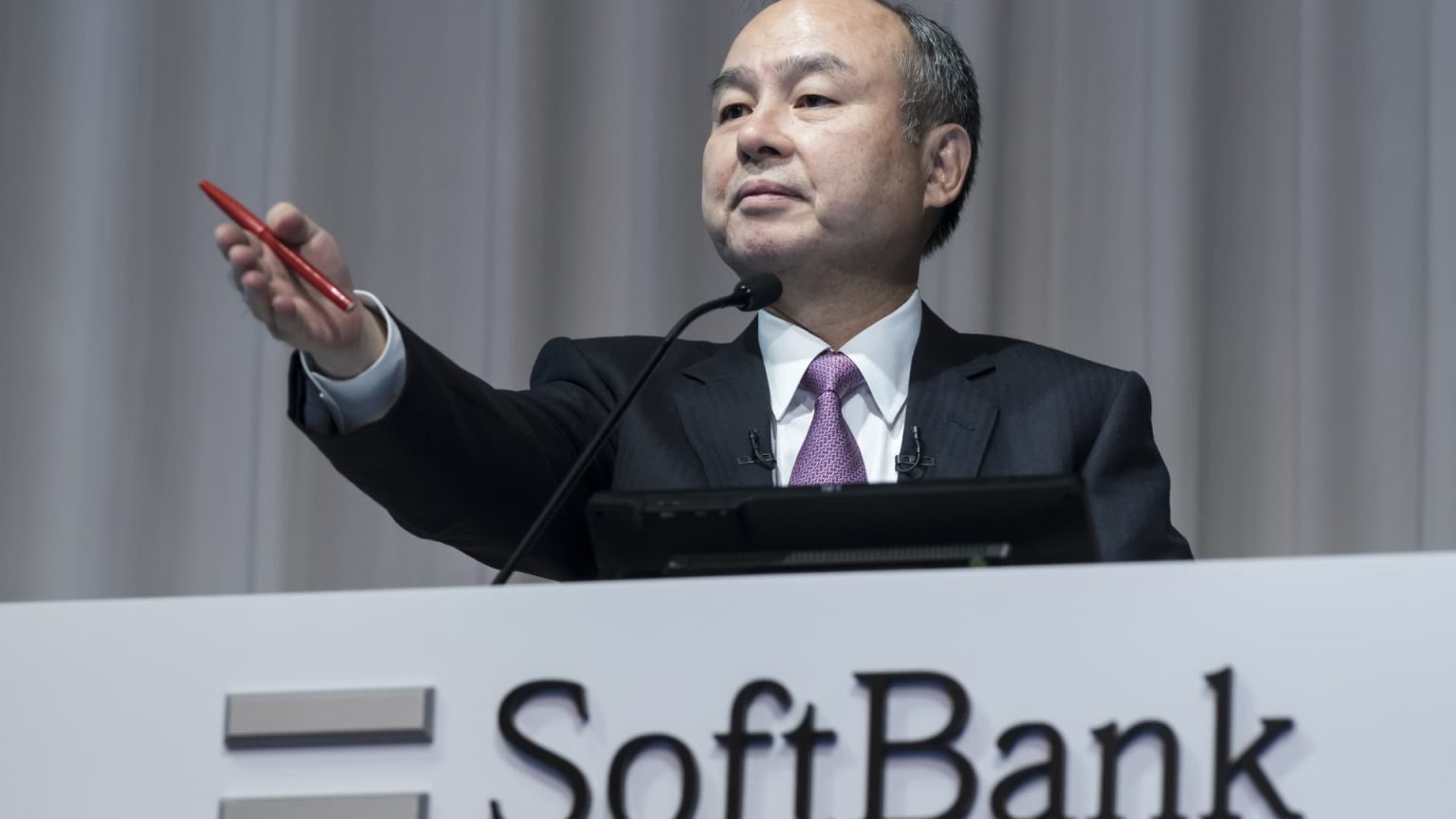SoftBank posted an investment gain on its Vision Fund in the fiscal second quarter but booked another quarterly loss.
Here’s how SoftBank did in the September quarter against LSEG estimates:
- Net sales: 1.67 trillion Japanese yen ($11 billion) versus 1.6 trillion yen expected
- Net loss: 931.1 billion yen ($6.2 billion) versus an expected loss of 114.1 billion yen
For the first half of SoftBank’s fiscal year, it posted a 1.41 trillion loss ($9.3 billion). This compares to a 3 trillion yen profit in the same period last year. SoftBank said a weaker yen hit the company since it has a lot of U.S.-dollar denominated liabilities.
SoftBank’s Vision Fund posted an investment gain of 21.3 billion yen, its second straight quarter of gains. The company said this was due to a gain arising from the sale of shares in chip designer Arm to a subsidiary of SoftBank.
This offset a decline in the value of companies SoftBank is invested in, such as Chinese artificial intelligence firm SenseTime.
SoftBank’s flagship tech investment arm had a rough time in the fiscal year that ended in March this year, posting a record loss of around $32 billion. A slump in tech stock prices and the souring of some of SoftBank’s bets in China were to blame.
In the June quarter, the Vision Fund posted its first investment gain in five consecutive quarters, signalling early signs of growth again. This has coincided with recoveries in the prices of technology stocks.
Last year, SoftBank’s high-profile founder Masayoshi Son noted the firm would go into “defense” mode, slowing the pace of its investment and being more cautious. In June, Son flagged a shift into “offense” mode, touting his excitement around the potential of artificial intelligence technology.
Chip designer Arm went public in the U.S during SoftBank’s fiscal second quarter. The company acquired Arm in 2016 for around $32 billion at the time. The initial public offering of Arm valued the company at over $50 billion.
Arm on Wednesday reported its first set of results since its IPO, posting an annual rise in revenue for the September quarter. However, the semiconductor firm gave guidance for the December quarter that disappointed investors, sending its shares lower in after-hours trade in the U.S.
Correction: The headline of this article has been updated to reflect a $6.2 billion quarterly loss.
Read the full article here





